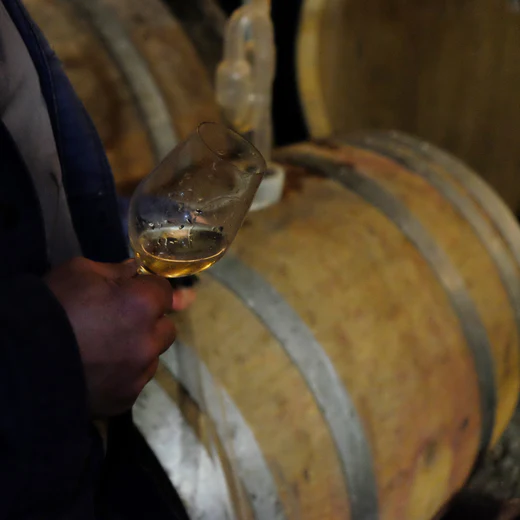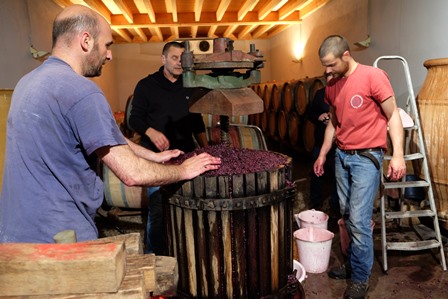
Biodynamic wine : Our selection
Explore our selection of biodynamic wines from estates committed to viticulture that respects nature and lunar cycles. Discover authentic cuvées, carefully crafted to reveal the full richness of their terroir and offer pure, intense flavors. Whether you're looking for an exceptional wine for a special occasion, or a bottle to share on a daily basis, our biodynamic wines will delight all lovers of natural wines.
Passionate about sustainable agriculture? Discover our "Coups de Coeur" organic and biodynamic wines, rigorously selected by our sommelier to satisfy the most demanding palates.

18,90 €21,90 €
18,90 €
18,90 €
19,80 €
19,85 €
19,90 €
20,70 €
21,50 €
21,90 €
23,50 €
23,50 €
23,90 €
23,90 €
24,50 €
24,70 €
25,90 €
25,90 €
Learn more about our selection of biodynamic wines:
What is a biodynamic wine?
The biodynamic approach to agriculture was developed by Rudolf Steiner, an Austrian philosopher in the 1920s. He raised several important questions about the effects of fertilisers and pesticides on the soil, cosmic influences on agriculture and the causes of declining food quality. A biodynamic wine pays attention to the vine, the land and those who care for it: in the vineyard and in the cellar, this approach aims to produce healthy wines without chemical intervention. Biodynamic winemakers encourage biodiversity in the vineyard and use the lunar calendar, the stars and their movements. A biodynamic wine is therefore an organic wine that takes a step further in terms of the philosophy and methods used. The winemakers who use this method intensify the life of the soil so that there is a better exchange between the earth and the plant. The technical and practical advantages are multiple: the strength and autonomy of the vine, and a quality of the harvest that allows the making of wines without inputs.
What are the main principles of biodynamics?
All the wines of Petites caves are part of a quality philosophy. Biodynamic wine allows fining and filtering, but chaptalisation only for sparkling wines. However, the use of sulphites is much lower than for organic wines. Biodynamic winemaking takes into account a few additional important principles:
● Follow the lunar cycle: vine and soil work is carried out according to the natural lunar cycles (rising, falling moon, leaf day and root day, etc.). The same applies to racking and bottling.
● Use of phytotherapy: to strengthen the vines and energise the soil, biodynamic viticulture uses plant and mineral sprays. This phytotherapy logic helps to protect the vines from disease or extreme weather conditions.
● No inputs: the permitted additives are much more restrictive than for organic farming and the maximum permitted sulphite levels are about 30% lower.
How is biodynamic wine regulated?
There are no European regulations for biodynamic wine to date. Two organisations are able to grant the biodynamic label: Demeter and Biodyvin. The wine must have already been awarded the organic label and must then meet the specifications of the certifiers. Like the AB label, Demeter is present in 53 countries and imposes the same guarantees of control and certification everywhere.
Biodynamic wine is therefore an organic and natural wine that protects the ecosystem in which it evolves. By using the lunar cycles and phytotherapy, the winegrowers connect the vine with its environment for a healthy wine with subtle aromas.


































